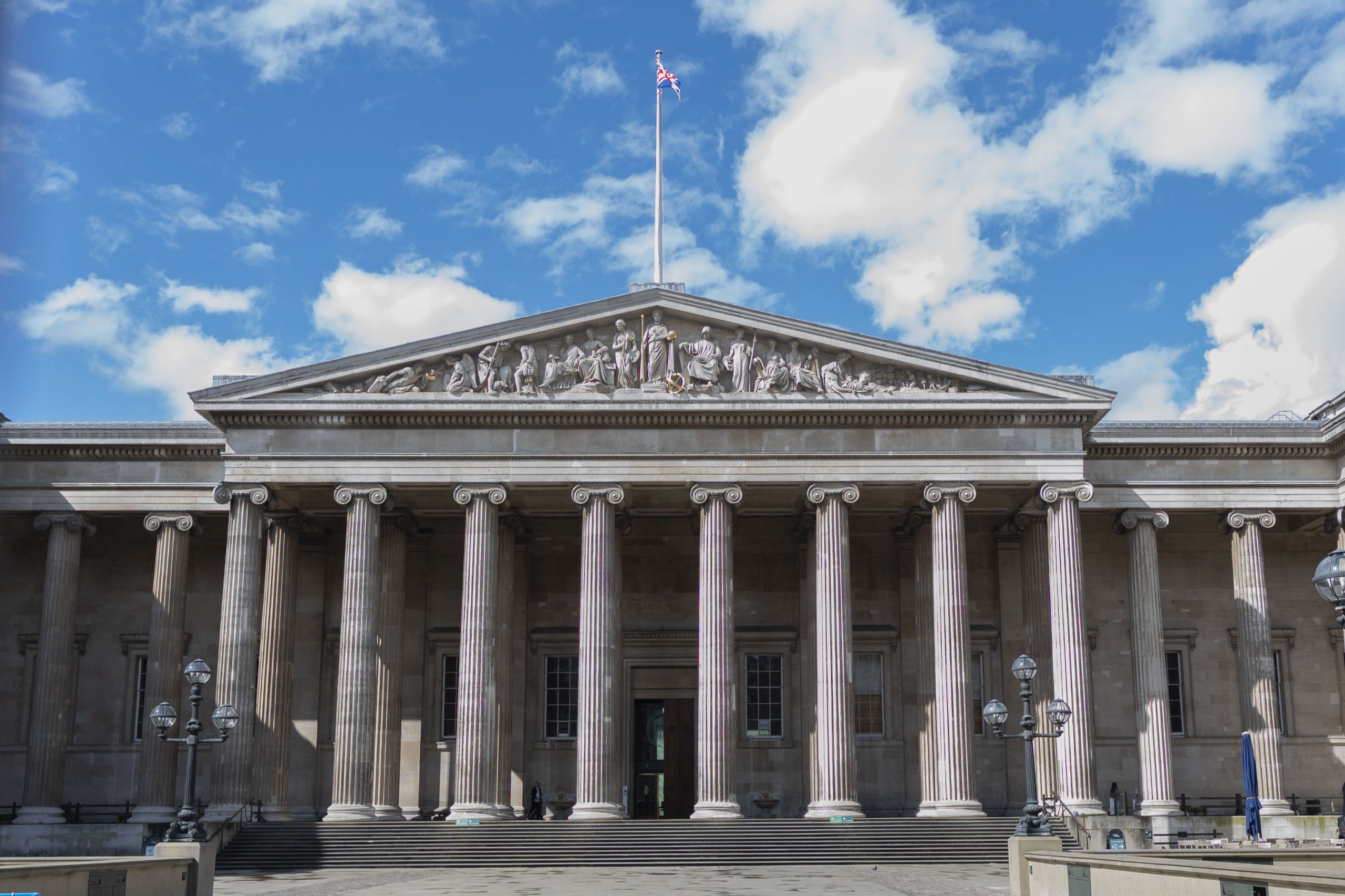
A world-class collection of Chinese ceramics worth a whopping £1 billion ($1.27 billion) has been donated to the British Museum by the Sir Percival David Foundation. Together, the 1,700 rare treasures constitute the most valuable gift to a museum in U.K. history.
The horde of priceless ceramics was the life’s work of British businessman Sir Percival David, whose love of China led him to learn Mandarin and begin collecting in 1913. He eventually put together the most renowned collection of Chinese art outside of China and Taiwan.
Nicholas Cullinan, the newly installed director of the British Museum, said he was “humbled” by the gift. “These celebrated objects add a special dimension to our own collection and together offer scholars, researchers, and visitors around the world the incredible opportunity to study and enjoy the very best examples of Chinese craftsmanship anywhere in existence.”
Among the highlights of the collection is a pair of vases, known as the David Vases, that are particularly special because they were made in 1351 during the Yuan dynasty. It is believed that they were manufactured from Jingdezhen porcelain at the Hengfeng Zhen kilns near the Doist temple in Xingyuan. The collection also includes a “Chicken cup” used to serve wine for the Chenghua emperor (1465–87) and Ru wares made for the Northern Song dynasty court around 1086. Some items will be lent to the Shanghai Museum in China and the Metropolitan Museum in New York.
Vases donated to the British Museum by the Sir Percival David Foundation. Photo: © The Trustees of the British Museum.
“This is the largest bequest to the British Museum in our long history,” said George Osborne, chair of the British Museum. “It’s a real vote of confidence in our future, and comes at a highly significant moment for us as we embark on the most significant cultural redevelopment of the museum ever undertaken.”
Last year, the British Museum announced a new “masterplan” that will see the London landmark comprehensively redisplay its permanent galleries, while also providing much-needed upgrades to the deteriorating infrastructure of its 170-year-old building. The project is forecast to cost around £1 billion.
With the donation, the British Museum will hold one of the most important collections of Chinese ceramics of any public institution outside the Chinese speaking world. The institution already holds one of the largest collections of Chinese antiquities in the West with, reportedly, some 23,000 artifacts. In recent years, it has fielded calls from Chinese officials to repatriate some of these objects, and these intensified after news broke in August 2023 that one of the institution’s own curators had stolen over 1,500 objects from the museum.
That same month, China published a formal request in a state-run English-language paper Global Times, in which it listed various items it hoped to recoup including ritual bronzes from the Shang and Zhou dynasties and stone buddhist sutra scrolls of the Wei and Jin dynasties. The editorial boldly alleged that significant proportion of the British Museum’s collections was “acquired through improper channels.”
Bottle-shaped flask donated to the British Museum by the Sir Percival David Foundation. Photo: © The Trustees of the British Museum.
Yet, over the summer, a U.S. historian, Justin M. Jacobs, reviewed historical documents relating to the development of the British Museum’s collection of Chinese antiquities. He found that the Chinese government had “willingly and enthusiastically helped them remove these treasures,” as part of a bid to improve diplomatic ties with the West, as well as to encourage scholarship into these objects.
Speaking to the Guardian, Jacobs, of the American University in Washington, also noted that “these things did not have priceless valuations that we project on to them today.”
David’s connection with the British Museum goes back nearly 100 years when, in 1929, he gave a dated Ming shrine that is currently on display in Gallery 33. As the collector said himself in in 1952: “…the private collector justifies his existence by providing very necessary pabulum for the art critic and the art expert. In our particular field this could be translated into whetting their mental appetites with ‘problem pieces,’ pieces which may prove one day to be duds after all, or else emerge as key specimens of some newly identified class of ware of great significance.”
David died in 1964 and, in accordance with his wishes, the foundation’s trustees have loaned his collection to the British Museum since 2009, where it has been housed in the specially designed bilingual Room 95.